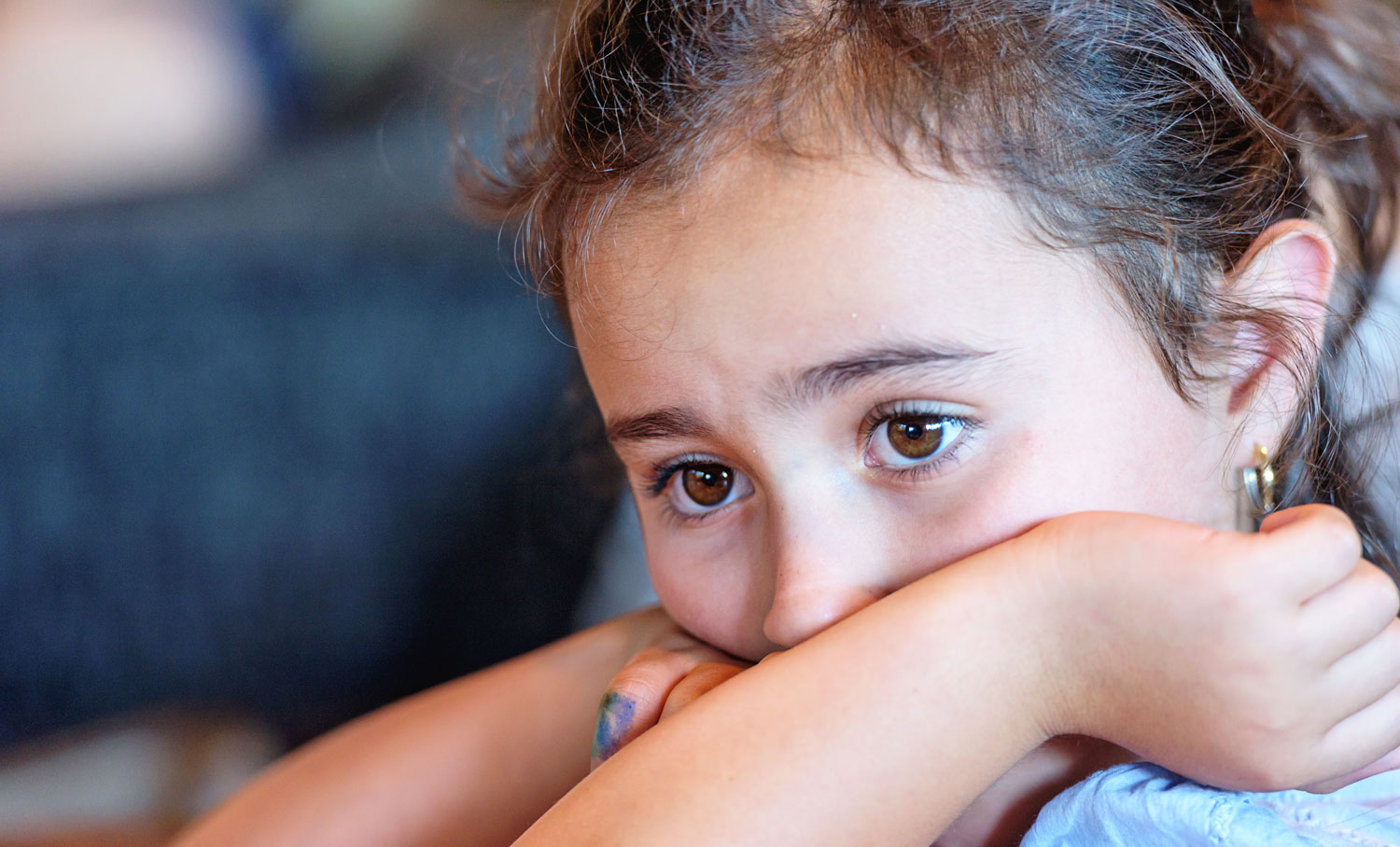
The statistics are dire, but research into the roles of treatment, education and community offer hope that these trends can be reversed. In CSBA’s new governance brief “Why Schools Hold the Promise for Adolescent Mental Health,” Deborah Anderluh, formerly of the Steinberg Institute, a nonprofit dedicated to advancing sound public policy on mental health issues, posits that schools play a central role in the solution. Board members are in a unique position to influence the curriculum, policies and community partnerships that shape the school environment. The brief offers a summary of the latest alarming findings in youth mental health, context on why schools have become a vital link in supporting youth mental health, and best practices and resources to help districts address this pressing issue.
- Adverse Childhood Experiences: Research has found a direct correlation between ACEs in childhood and later onset of physical and mental illness. Children who are raised experiencing abuse and neglect, caretaker domestic violence and substance abuse, can experience toxic stress that, over time, trigger changes in the brain and immune system.
- Smartphone usage: Researchers have noted that beginning in 2012, national surveys showed an increase in teen depression. This uptick correlated with the rise of smartphone usage and subsequent analysis found teens who spent more time on screens were less happy, more depressed and had more risk factors for suicide. Spending less time with people in real life, along with the rise of insecurities raised by social media and online bullying, are contributing factors.
- Unrealistic expectations: A third explanation for the rising tide of depression and anxiety is the recognition that today’s children are being raised in hypercompetitive environments, both in academics and sports.
Research has found that, of the estimated one in five students living with a mental illness and one in 10 experiencing challenges because of a mental health issue, only a third of those receive treatment and 70 percent of youth who do receive treatment do so in a school setting.
The full brief has more details on how schools can partner with community groups in this important work; a look at Alameda County’s Center for Healthy School and Communities, which provides a national model for how community partnerships can work; and a list of professional organizations and research institutions specializing in helping schools design and implement mental health programs.